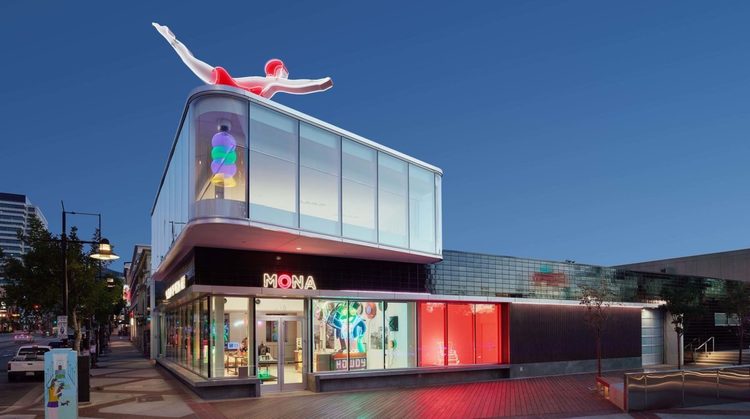
The Development of Luminous Tubing
What we call “neon” began with the earliest experiments in electricity. Heinrich Geissler produced light in sealed, low-pressure tubes by exciting them with high voltage alternating current in 1858. Decades of inventions, experiments and discoveries (in such diverse areas as vacuums, phosphors, ultraviolet light, electrical motors, atmospheric pressure, mercury vapor and glass blowing) would occur before Geissler’s invention of the luminous tube could
become a practical reality.
In the 1890s, Nikola Tesla produced efficient lighting by bombarding tubes filled with common gases with high-voltage alternating current. His tubes did not last very long, however, because the common
gases dissipated and the electrodes corroded. In 1898 Sir William Ramsey discovered the element neon, a gas; however it was too expensive to use commercially. To address this problem he turned to George Claude who was working to isolate oxygen for medical and welding purposes. As a byproduct of his work with oxygen, Claude discovered a way to affordably produce neon and other noble gases.
In 1910, Georges Claude also developed a non-corrosive electrode, thus clearing the final obstacles for the luminous tube to be used for commercial purposes.
WWI put a halt to further development, but soon after the war neon was ready to evolve. Neon, as a sign form, reached the United States in the early 1920s through New York's Great White Way and soon popped up in every major city coast to coast.
The early years of commercial neon were wild ones filled with patent fights, experimentation and the constant development of materials and techniques. Neon's heyday stretched for forty years between 1925 and 1965, interrupted only by WWII. Mass production used by industrial manufacturing caused the neon sign industry to
boom. Products (from radios to beer to automobiles) had to be advertised and neon became the nighttime medium of choice. But it was the proliferation of the automobile and the growth of highways that made neon blossom in 1930s Los Angeles like nowhere else in the world.
By the early 1960s, as neon signage fell from grace in favor of backlit plastic signs, neon as a medium began to be embraced by artists eager for “new” ways to express the energy of those times. Today, a whole new generation is rediscovering neon on a global scale and stretching its boundaries in ways previously unimagined.
In 1981 THE MUSEUM OF NEON ART was founded in Los Angeles by neon artists who established a museum to preserve this unique form of American folk art. MONA is dedicated to exhibiting contemporary neon, electric and kinetic art and historic neon signs.
-
Welcome to Fort Settlement Middle School- Principals Welcome Message
-
Parking, Drop Off, and Dismissal Procedures
-
Lockers
-
Staying Connected!
-
Cell Phone and Laptop Use at FSMS
-
Welcome to the Cafeteria at The Fort!
-
The FSMS Library
-
The Clinic at The Fort
-
The Attendance Office: What To Do When You Are Absent
-
Dress Code Reminders for FBISD
-
The Counselors Office